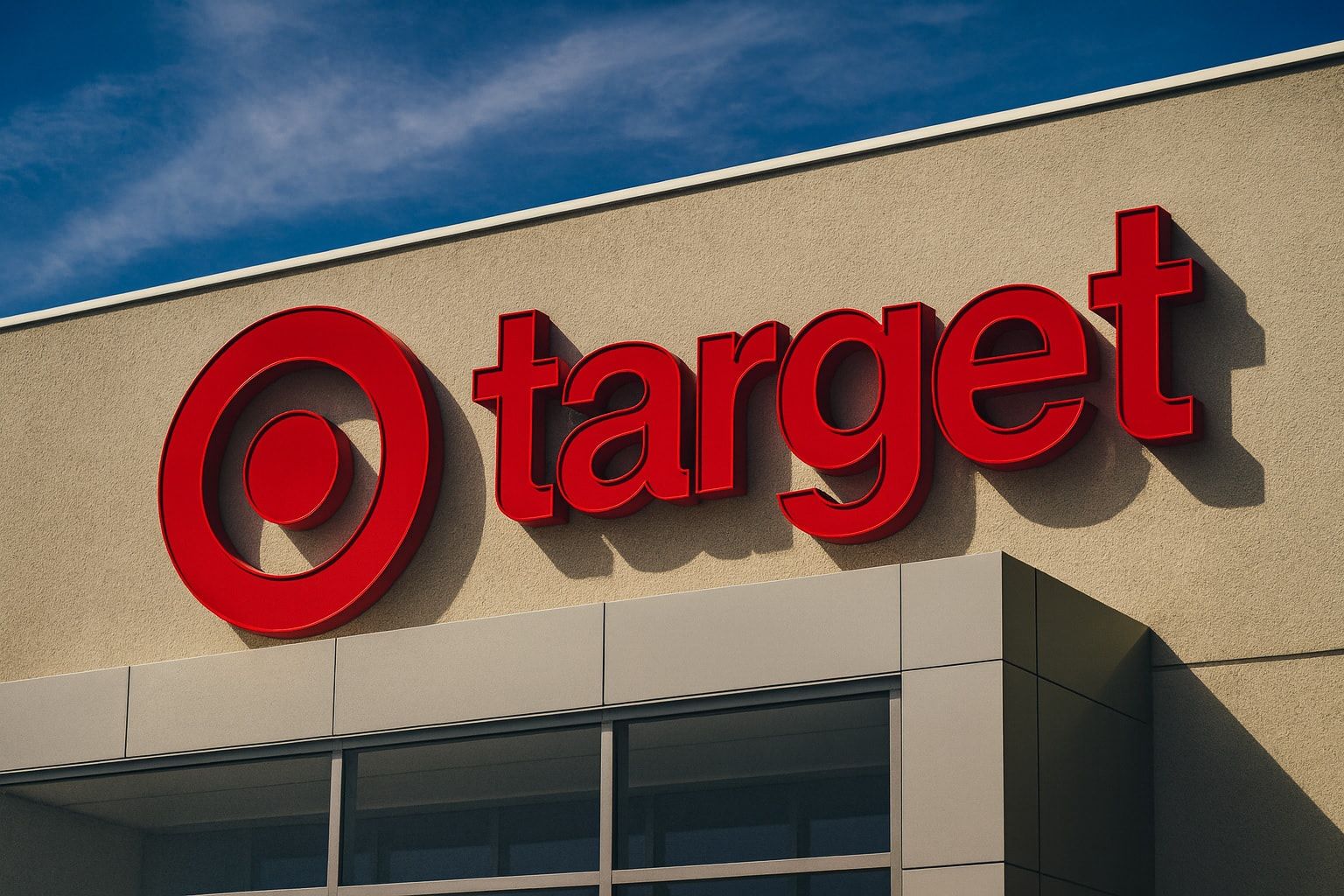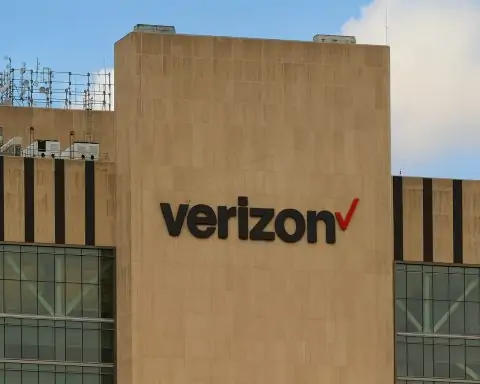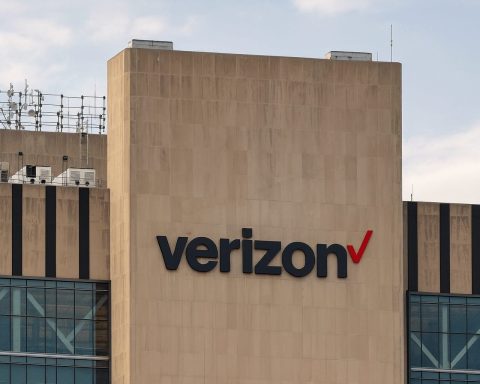- 1,800 Corporate Cuts: Target announced plans to cut about 1,800 corporate jobs (approximately 1,000 layoffs plus 800 vacant roles) in late October 2025, roughly 8% of its global HQ workforce [1] [2]. This is Target’s first major round of layoffs in about a decade [3].
- CEO’s Rationale: Incoming CEO Michael Fiddelke (current COO, taking the helm in Feb. 2026) said the reorganization is a “necessary step” to make Target “stronger, faster and better positioned” [4] [5]. He blamed excessive layers and complexity for slowing decisions. Target stresses this is meant to speed up operations – not primarily to cut costs [6].
- Sales Slump & Customer Backlash: Target has struggled with slumping sales and operational missteps. It has reported nine flat or down quarters out of 11 [7]. Recent pullbacks from diversity and inclusion initiatives sparked consumer boycotts, and shoppers have complained of messy stores and inventory issues [8] [9].
- Stock Price Plunge: Investors have punished Target shares. By late October, TGT stock was trading in the mid-$90s (around $94), about 30% below its January 2025 level [10]. In contrast, competitors like Walmart are near record highs on strong technology investments and discount strategies [11].
- Cautious Holiday Outlook: Analysts forecast a weak holiday shopping season: U.S. retail sales are expected to rise only 2–3% in 2025 (vs. 4.2% last year) [12]. Online holiday sales may grow just ~5–6%. Experts note consumers are “dealing with a lot in the broader economy” and are “still hunting bargains” [13] [14], suggesting heavy discounting ahead.
Target’s Major Layoff Plan
Target’s management disclosed the cuts in a memo to employees on Oct. 23. The moves mainly affect corporate and managerial roles — store and supply-chain workers are untouched [15]. Fiddelke, a 20-year veteran who takes over from CEO Brian Cornell next year, wrote that Target has “too many layers and overlapping work” that have made it “harder to bring ideas to life,” so simplifying the structure was essential [16] [17]. He asked Minneapolis HQ staff to work from home the following week as changes are implemented. Target says those losing jobs will be paid through early January (with severance) [18] [19]. Management insists these cuts aren’t just about trimming payroll: a spokesperson told ABC News that the restructuring is “the first step in rewiring our organization to be agile and make faster decisions,” not merely a cost-saving measure [20].
Why now? Fiddelke and other executives note that Target’s sales have lagged competitors, in part due to inventory and merchandising problems. Target’s mid-2025 earnings showed a 1.9% decline in comparable-store sales and a 21% plunge in net income [21]. Contributing factors include inflation-weary customers cutting discretionary spending and a consumer backlash after the company scaled back some diversity, equity and inclusion programs earlier this year [22] [23]. The latter move, meant to cut costs, angered some of Target’s core shoppers, possibly contributing to traffic declines. As one analyst quipped, Target “used to be very attuned to consumer demand” but of late “has lost its grip on delivering for the American shopper” [24].
Retail Industry & Economic Context
Target’s announcement comes amid a broader slowdown in retail and tech. For example, on Oct. 28 Reuters reported that Amazon – the U.S. online retail leader – will cut about 14,000 corporate jobs worldwide as part of a shift towards AI automation [25]. UPS, Best Buy and other retailers have likewise signaled leaner hiring. These moves have fueled concern that the consumer sector may be cooling more rapidly than many expected.
The holiday shopping outlook is muted. Data firms like Adobe forecast U.S. holiday retail growth of only ~2–3% in 2025 [26] (online holiday sales growth of ~5–6% [27]). Adobe analyst Vivek Pandya notes that “consumers are still hunting bargains” and leaning heavily on discount events, saying shoppers are “dealing with a lot in the broader economy” [28] [29]. In practice, many big retailers are bracing for softness: Walmart and Macy’s have raised their holiday outlooks, but Target and Best Buy are holding forecasts steady [30]. Wall Street commentary suggests shoppers will trade down or delay big purchases, favoring discounters (helping Walmart) over more premium retailers.
Economists see mixed signals. A mid-October University of Michigan survey found U.S. consumer sentiment roughly unchanged, but many households cited high prices and soft job prospects as worries [31]. Labor-market indicators (ahead of a delayed jobs report) had shown some cooling, though spending remained supported by a strong stock market and savings buffers [32] [33]. The Federal Reserve cut interest rates again in September to sustain growth, expecting only a gradual slowdown [34]. Still, major recent layoffs (Target, Amazon, etc.) underscore that employers are cautious even as consumers spend.
Market Reaction and Outlook
Investors have reacted sharply. Target’s share price has been punished all year – about 30% off its early-2025 level [35] [36]. (For context, Target peaked around 2021 and is roughly 23% below its 5-year price [37].) By contrast, Walmart (Target’s closest big-box rival) trades near a 52-week high (around $107) thanks to new AI initiatives and aggressive discounting [38]. Nearly all analysts rate Walmart a “Buy” with mid-single-digit growth expected [39], whereas Target is mostly seen as a “speculative turnaround” stock. About 38 analysts rate TGT a “Hold,” with an average 12-month target near $109 [40] (roughly 15% above late-October quotes). Some bull models (e.g. Morgan Stanley at ~$160) exist, but others have downgraded or cut estimates.
Target remains a Dividend King (54 consecutive years of raises), yielding nearly 5% [41] – the highest payout in a decade – which attracts income investors. However, analysts warn any rally likely requires fixing core issues first. GlobalData’s retail analyst Neil Saunders sums up the caution: while Target’s cost cuts may boost profits, they “will do little to solve problems at the top of the business,” and he stresses a needed “change of culture” as much as cuts [42]. Indeed, one contrarian forecaster bluntly predicted “no turnaround will be happening on a reasonable timeline” without major improvements.
Looking forward, forecasts for Target’s growth are modest. TS2’s analysis notes that consensus projections assume only low single-digit sales gains and minimal profit growth in the near term [43]. Some optimists point out that if the restructuring succeeds in reigniting store traffic, the stock could jump double-digits (helped by its low valuation and fat dividend) [44]. In a best-case scenario, analysts see total returns (stock + dividends) of about 10–20% over the next year [45]. But they repeatedly warn: Target must “get shoppers back into stores” by improving inventory and customer experience first [46] [47].
In sum, experts say Target’s sweeping cuts are a red flag. They reflect deep-seated challenges in retail and hint at broader consumer caution. As TS2 puts it, the layoffs signal Target’s “troubled turnaround,” and while the company’s cheap stock and high yield make it appealing to some value investors, a successful recovery will require sharp execution and patience [48] [49]. With holiday results and consumer confidence on the line, many watchers see these job cuts as an early warning sign – not just for Target, but for the wider economy moving into 2026 [50] [51].
Sources: Reuters, Associated Press, CNN/ABC News, Business Insider, Target Corp. filings and analysis (TechStock²) [52] [53] [54] [55], among others. All data current as of Oct. 28, 2025.
References
1. abcnews.go.com, 2. www.reuters.com, 3. ts2.tech, 4. www.reuters.com, 5. abcnews.go.com, 6. www.reuters.com, 7. kstp.com, 8. www.businessinsider.com, 9. kstp.com, 10. ts2.tech, 11. ts2.tech, 12. ts2.tech, 13. ts2.tech, 14. ts2.tech, 15. www.reuters.com, 16. www.reuters.com, 17. www.businessinsider.com, 18. www.reuters.com, 19. abcnews.go.com, 20. abcnews.go.com, 21. kstp.com, 22. kstp.com, 23. www.businessinsider.com, 24. ts2.tech, 25. www.reuters.com, 26. ts2.tech, 27. ts2.tech, 28. ts2.tech, 29. ts2.tech, 30. ts2.tech, 31. www.reuters.com, 32. www.reuters.com, 33. www.reuters.com, 34. www.reuters.com, 35. ts2.tech, 36. www.reuters.com, 37. ts2.tech, 38. ts2.tech, 39. ts2.tech, 40. ts2.tech, 41. ts2.tech, 42. www.businessinsider.com, 43. ts2.tech, 44. ts2.tech, 45. ts2.tech, 46. ts2.tech, 47. ts2.tech, 48. ts2.tech, 49. ts2.tech, 50. ts2.tech, 51. www.reuters.com, 52. www.reuters.com, 53. abcnews.go.com, 54. www.businessinsider.com, 55. ts2.tech










